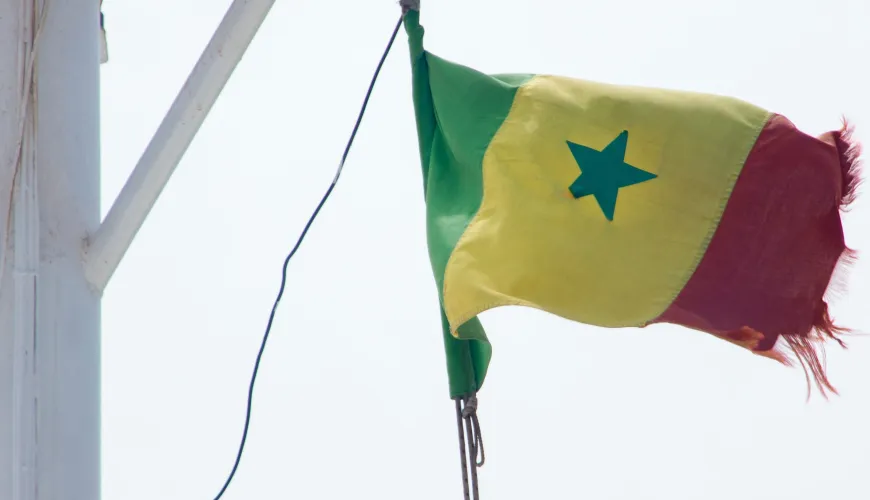Senegal’s geographical location puts it right in a tourist hot spot. Senegal lies in the westernmost region of Africa and thus is only 5 to 7 hours away from European and American countries; this makes it an easy ride for all culture-savvy tourists. Receiving around 3000 hours of sunshine a year Senegal is the perfect winter escape for those who wish to celebrate the chilly winters in a very pleasant yet warm climate.
Our travel experts have curated the top 7 places to visit whiles in Senegal. These hidden gems are fascinating sites to explore in parts of Senegal.
- Ngor – Ngor is one of the four original Lebou villages of the Cap-Vert Peninsula, along with Yoff, Hann, and Ouakam. It includes the small island of Ngor.
- Sarpan – The Îles de la Madeleine lie west of Dakar in Senegal. The islands are uninhabited. The main island is Saipan, known for its Stone Age tool finds. The islands are also known for their birds, fish, and plant life. The cliffs are steep and had been carved by the sea over millions of years.
- Goree Island – Gorée is a tiny, car-free island off the coast of Dakar, in Senegal. It’s known for its role in the 15th- to the 19th-century Atlantic slave trade. On the narrow streets, colonial buildings include the House of Slaves, now a museum. The 19th-century Fort d’Estrées houses the IFAN Historical Museum, with exhibits on Senegal’s past. The Henriette Bathily Women’s Museum considers the role of women in West African society.
- Joal-Fadiouth – Joal-Fadiouth is a town and commune in the Thiès Region at the end of the Petite Côte of Senegal, southeast of Dakar. Joal lies on the mainland, while Fadiouth, linked by a bridge, lies on an island of clamshells, which are also used in local architecture and crafts. The village has no motorized transport evidenced by the sign on entering. It has large Christian and Muslim populations with cemeteries on another shell island. Another attraction is granaries on stilts in the water. The population of the commune in 2013 was 46,000.
- The Sacred well in Ndande Fall – Every year, inhabitants of the village take part in a Sufi Muslim ceremony called Gamou-Ndande. The ceremony combines nights of praying and chanting as well as traditional animist ceremonies. The well, called Kalam, was the site of historic battles in Senegalese history. The well is 42m deep, and 15m in diameter. The good dates back to the 16th century. Today there is no water in the former well and it is used for ceremonial purposes.



Comment (0)